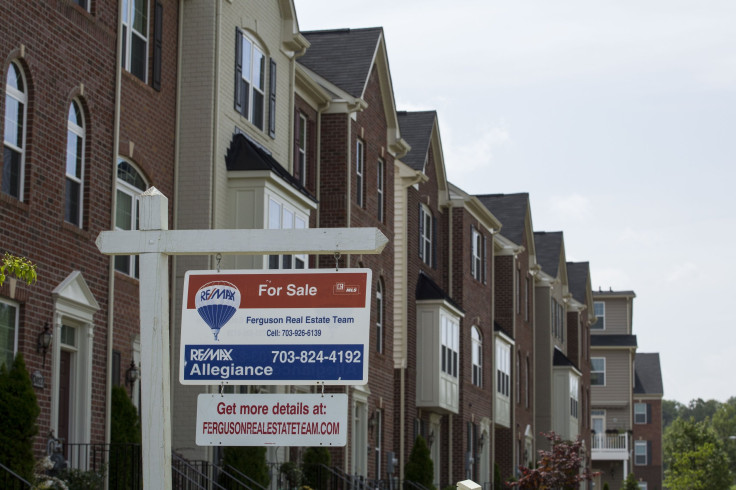House Flipping On The Rise Again, Raising Fears Of More Housing Bubbles

Home flipping -- buying and reselling a home to make a quick buck -- has risen in some hot U.S. housing markets, prompting concerns that local housing bubbles could be developing, according to a report published on Thursday.
The report by RealtyTrac found that home flipping in 12 active metropolitan areas last year was above a peak set in 2005, just two years before the U.S. mortgage market started to collapse, leading to a banking crisis and the Great Recession.
Profits generated by home flipping also hit a 10-year high, with home flippers netting an average $55,000 per sale before renovation and transaction costs. Profits topped $100,000 in expensive markets such as New York and Los Angeles.
There were also indications smaller investors were starting to pile in on the action. The number of home flippers rose to levels not seen since 2007, while the number of home flips per individual investor fell at the same time.
"When home flipping numbers go up, it is usually an indication that the housing market is in trouble," said Matthew Gardner, chief economist at Windermere Real Estate, who was quoted in the report.
"These sales artificially inflate home prices, making housing even less affordable for buyers and increasing the risk of a bubble," said Gardener.
Nearly 20 percent more homes were flipped than in 2005 in Pittsburgh and Memphis. Home flipping was above 2005 levels in Buffalo, New York; Birmingham, Alabama; Cleveland, and San Diego. Seattle and San Diego, however, saw a decrease from 2014 levels.
Three metro areas in Florida, a housing market that has been prone to overheating, saw the largest increase in home flips. Lakeland, Jacksonville, and Homosassa Springs all saw home flips rise 40 percent to 50 percent.
The Miami metro area had the most homes flipped of any market nationwide. In 2015, 10,658 were flipped in Miami, representing 8.6 percent of all Miami-area sales for the year and up 4 percent as a share of all sales from 2014.
The report defines a home flip as any transaction that occurred on the same property twice within 12 months. It surveyed 110 U.S. metro areas.
Home flipping grew nationally as 179,778 homes were flipped last year, the highest level since 2007. The number, however, was well under the 2005 peak of 259,192. The share of flipped homes edged up to 5.5 percent of sales from 5.3 percent in 2014.
© Copyright Thomson Reuters 2024. All rights reserved.











